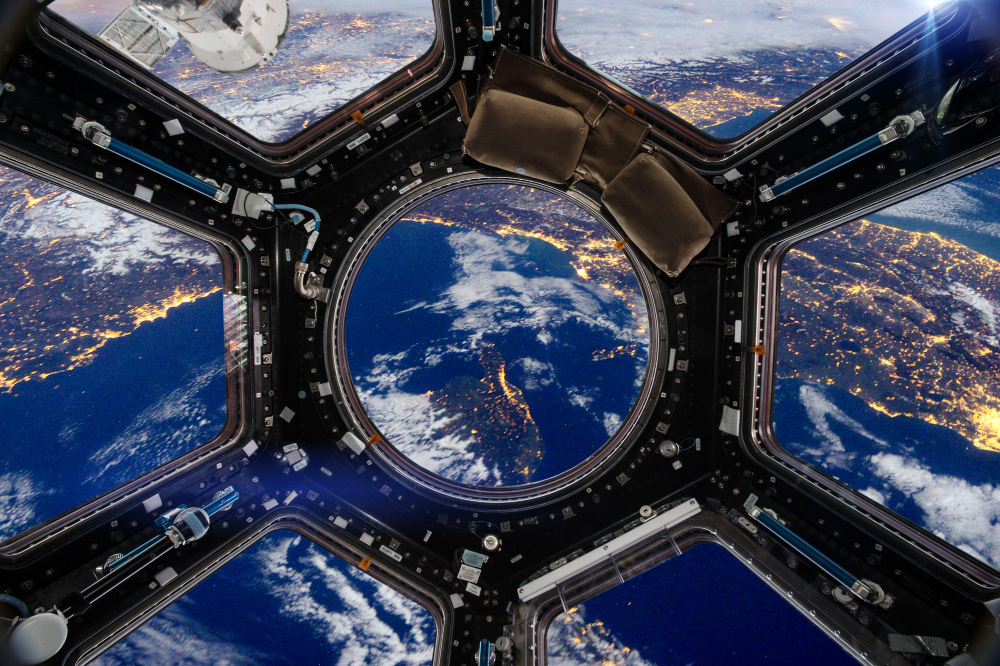The next luxury trip is off the planet!
What’s the ultimate status trip in 2025? While Paris and Dubai remain symbols of sophistication, space travel is quickly rising as the next big thing in the coming years.

With private companies leading innovative initiatives, space is becoming accessible not only to billionaires but also to ordinary travelers who dream of crossing Earth’s atmosphere.
The Boom of Space Tourism
Private companies like SpaceX, Blue Origin, and Virgin Galactic are pioneering a new era of space tourism.
In July 2021, Virgin Galactic successfully launched its first suborbital mission carrying civilian passengers, among them founder Richard Branson.
Soon after, Blue Origin, led by Jeff Bezos, achieved a similar feat by sending a civilian crew into space — including the youngest and oldest individuals ever to cross the boundary of Earth’s atmosphere.
What was once a distant dream is now taking shape as an emerging segment of luxury tourism, with expectations that space journeys will become increasingly accessible to a wider audience in the coming years.
How Do Commercial Space Flights Work?
Most commercial space flights today are suborbital, meaning the spacecraft crosses the Kármán line (at 100 km altitude, considered the boundary of space) and returns to Earth within minutes.
During this brief trip, passengers experience zero gravity and can admire the Earth’s curvature—a sight that profoundly changes one’s perception of our planet.
Virgin Galactic, for example, uses a spacecraft attached to a mothership that carries it to a certain altitude before releasing it for the suborbital flight.
Meanwhile, Blue Origin operates reusable rockets that launch vertically, take a crewed capsule to space, and return it gently with parachutes.
SpaceX, under Elon Musk, is focused on orbital flights with its Crew Dragon spacecraft, planning to take civilians on longer journeys, including stays at the International Space Station (ISS) and even future missions to the Moon and Mars.
How Much Does a Trip to Space Cost?
Ticket prices vary greatly, generally starting at $250,000 and easily exceeding $500,000 for suborbital flights.
Orbital trips, like those proposed by SpaceX, can cost tens of millions of dollars per seat.
However, as technology advances and demand increases, prices are expected to decrease significantly over the next decade.
Traveler Experience: What to Expect on a Space Flight?
Passengers on commercial space flights undergo brief training focused on safety, adapting to zero gravity, and emergency procedures.
Unlike professional astronauts, the process is simplified and designed for people without technical backgrounds.
On launch day, the atmosphere at spaceports resembles major sporting events, with VIP areas, live broadcasts, and celebrations for friends and family.
At liftoff, passengers experience intense acceleration, followed by minutes of weightlessness and a breathtaking view of Earth.
The Cultural and Economic Impact of Space Tourism
Space tourism is not just an adventure for individuals; it promises to transform travel culture and the global economy.
Cities like Orlando, Las Vegas, and Houston are positioning themselves as space tourism hubs, investing in infrastructure, themed hotels, and training centers for future travelers.
Moreover, competition among private companies is accelerating technological innovations that will benefit other sectors, such as cargo transport, telecommunications, and even medical advancements.
Culturally, the popularization of space travel introduces a new narrative for tourism.
The Near Future: Space Hotels and Interplanetary Travel
The next step is building commercial space stations and even orbital hotels. It may sound far-fetched, but it’s not.
If suborbital flights have already become a reality, commercial space stations and, eventually, orbital hotels are next.
Companies like Axiom Space and Orbital Assembly Corporation are developing space habitat projects where tourists can stay for days, offering activities such as spacewalks and interactive scientific experiments.
SpaceX also has ambitious plans to send civilians to the Moon and, eventually, Mars with its Starship project.
Tips for Those Who Want to Prepare for the Era of Space Tourism
Dreaming of leaving Earth?
Start preparing financially, as prices will take some time to become more affordable, but trends indicate they’ll become more realistic.
Keep an eye on your health, as basic medical exams and a level of physical fitness to endure G-forces during launch and re-entry are required.



